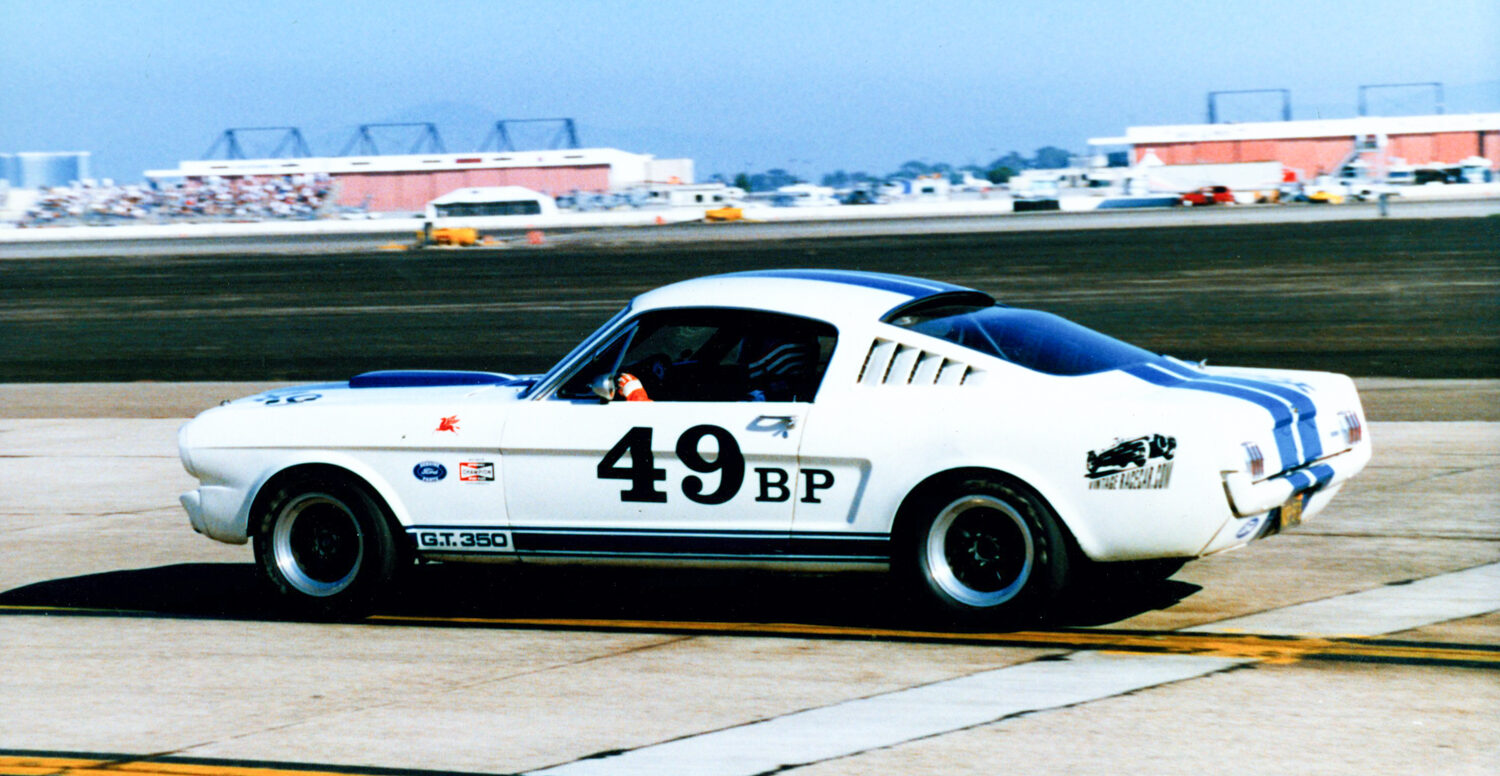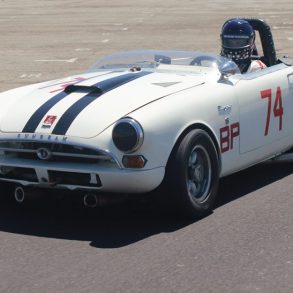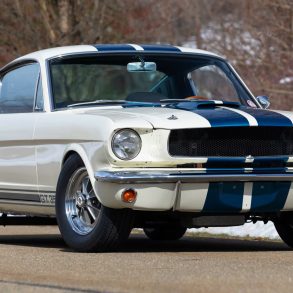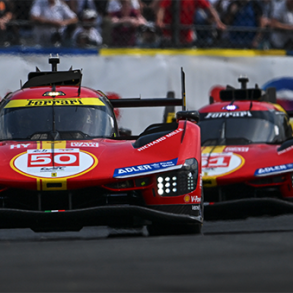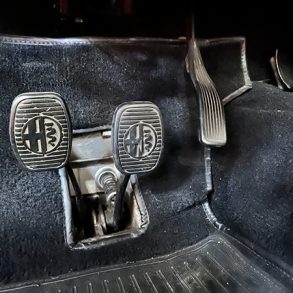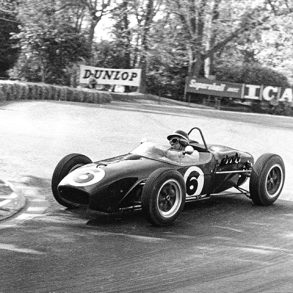What could be more refreshing on a warm, Saturday afternoon than opening up the fridge? Recently, I had the opportunity to do just that. “Boring” you say, “a refrigerator, is a refrigerator, is a refrigerator. “Not so” I say, because the refrigerator in this case is not a Whirlpool or a GE. It’s a special, older model made by a company called Shelby American. If I’m not mistaken, the model number was GT something. Oh yeah! GT350.
The location for this meeting of man and appliance was the Chrysler Classic Speed Festival on San Diego’s Coronado Island. The appliance in question was my friend and partner’s long ago acquired, but recently sorted, 1965 Shelby GT350, aka “The Fridge”.
So why “The Fridge” you may ask. GT350s have a long and revered racing history. Isn’t that being unkind to a respected member of racing’s pantheon. Not at all.
First off, the car is big. I mean, really big. From the outside it looks medium-sized and nicely proportioned with a pretty, but unabashedly menacing profile and stance. However, climb inside and you feel like you’ve been swallowed up by the Starship Enterprise. Looking out the windsheild, all you can see is hood. Mile after mile of vast expansive hood. So much hood that I thought I might need to install a helmet shield with magnification so that I could see the front corners of the car clearly.

Another reason why I call it the fridge is because it’s heavy. I mean, “Jim-go-get-your-brother-and-a-dolly,” kind of heavy (some 3500 lbs to be exact). And finally, like all good kitchen appliances, it’s shiny white. Acres, upon acres of gleaming, “Mabel, bring me the Fantastic” white.
Now as I’ve mentioned in this column before, my background is in Formula cars, for the most part. Light, nimble, precise racing instruments – cars that require a delicate touch and economy of motion. A flick of the wrist here, a small steering wheel correction there. From my racing perspective, driving the Shelby was a shock. When I first took the Shelby out, everything seemed normal enough. As I pulled out of the pit lane and stuck my boot in it, “Boom!” Wads of power. This is alright, I thought. I could get used to having 300 horsepower at my beck and call. As I powered down the front straight, it was more of the same: righteous sounds and lots of power. Then it happened; I had to turn.
As my thighs started to twitch from the brake pedal exertion, my mind asked the question that no racer ever wants to ask, “Is this F___ing thing going to stop?!?!” But the fun didn’t end there. As I started to turn into the apex, a curious thing happened: it refused to go. Until that eye-opening moment, I could never understand why Shelby and Corvette drivers always had such big steering wheels on their cars. I mean, they seemed to get in the way and they looked so agrarian. But, as I assumed the “elbows-up” driving position in an effort to get some damned leverage, it occurred to me, “So this is why this thing has a 75” steering wheel!”
As my time with the car progressed, however, I began to learn the “Black Art of the Big Bore.” What’s the secret of this strange and elusive fraternal order, you ask? The right foot, my friend… the right foot. Just like moving a refrigerator around in your kitchen, the secret is muscle. As one veteran Shelby racer shared with me, “You can’t turn these things. It’s like driving a refrigerator on wheels! The key is to muscle it into the turn and let the power do the rest of the work.” With these words I began my trek to true enlightenment. The “Big Bore” driving style is really unique in the world of road racing because it is predicated on the idea that the car can’t stop or turn worth a damn. But it works. And I’ll tell you another thing, when you get the hang of it, it’s fun as hell! The Shelby is all about powerslides. Lurid, “Bubba, we’re-going-to-need-6-more-sets-of-tires-before-the-day-is-through” powerslides. By the end of the weekend, I was throwing that sucker around and having a great time. I don’t know if I can ever look at my refrigerator the same way again.


